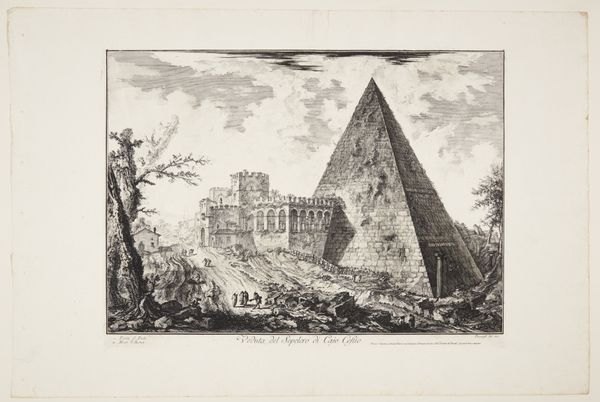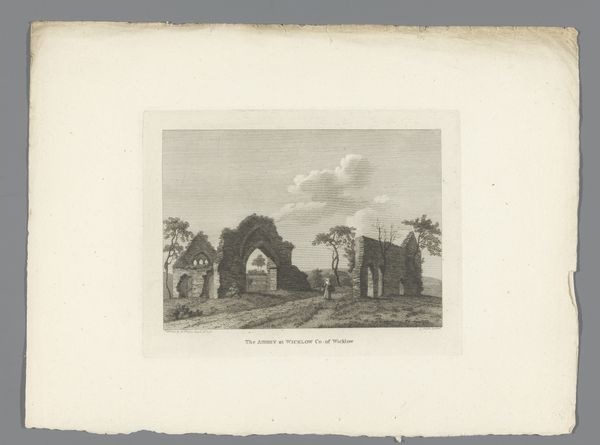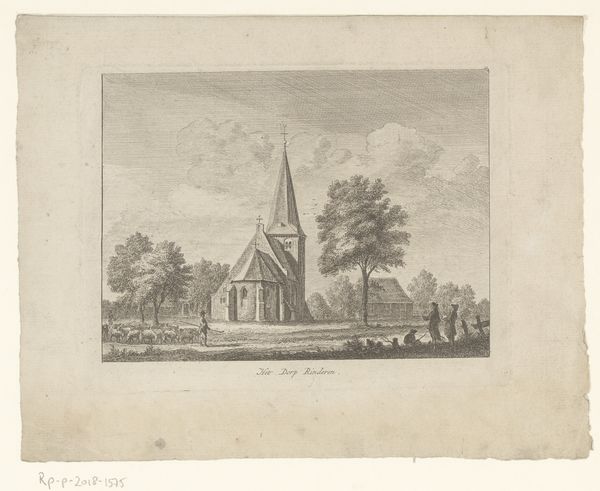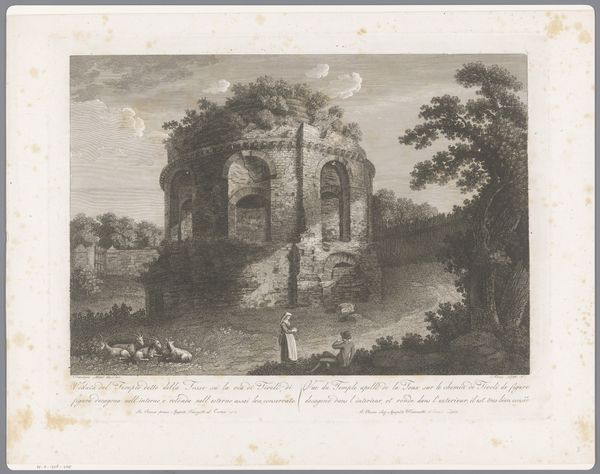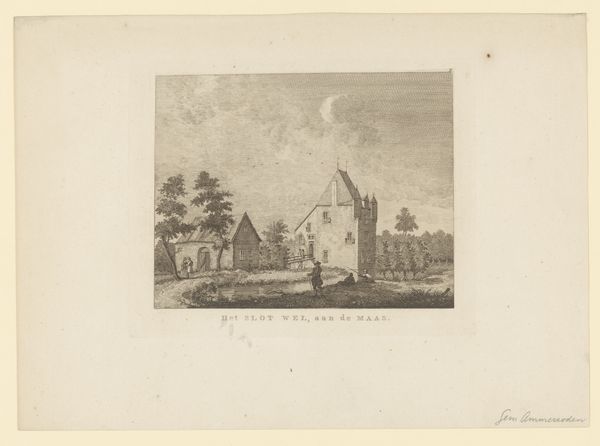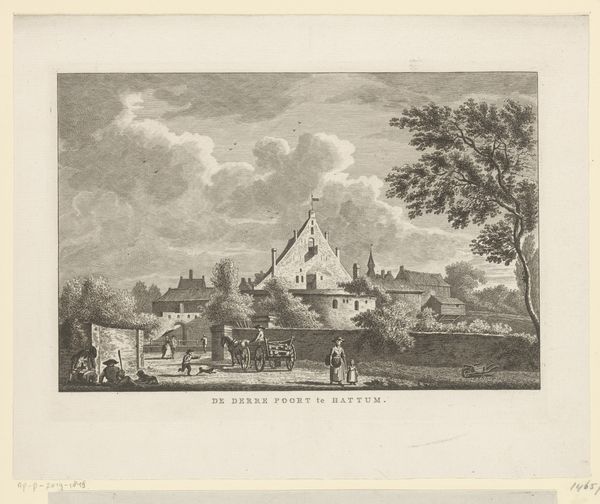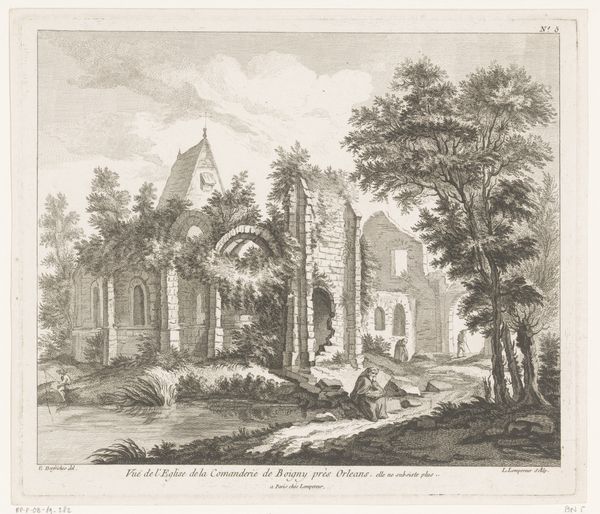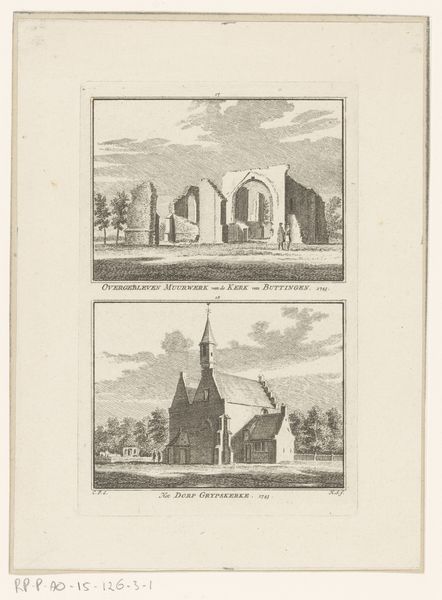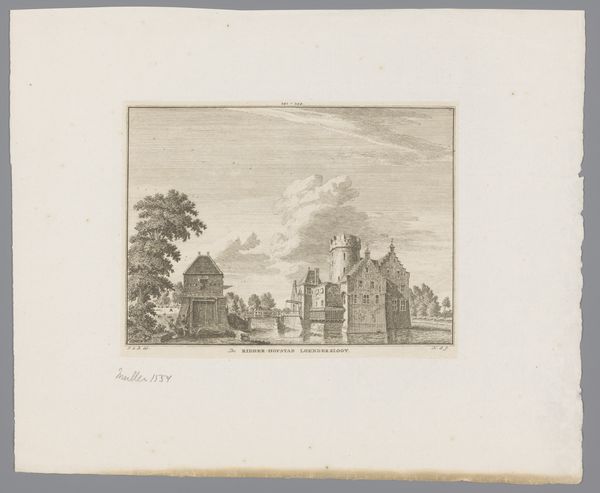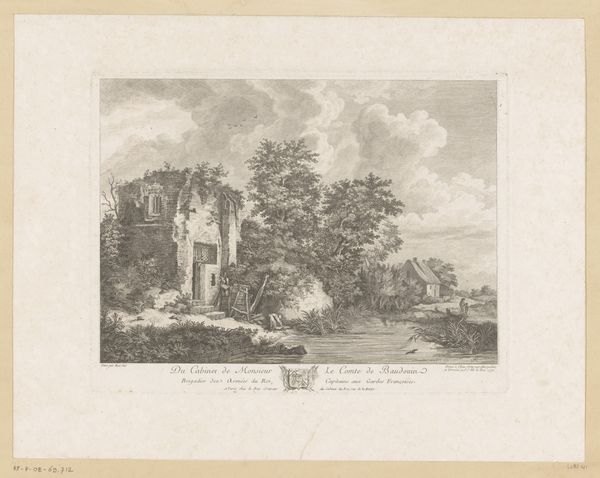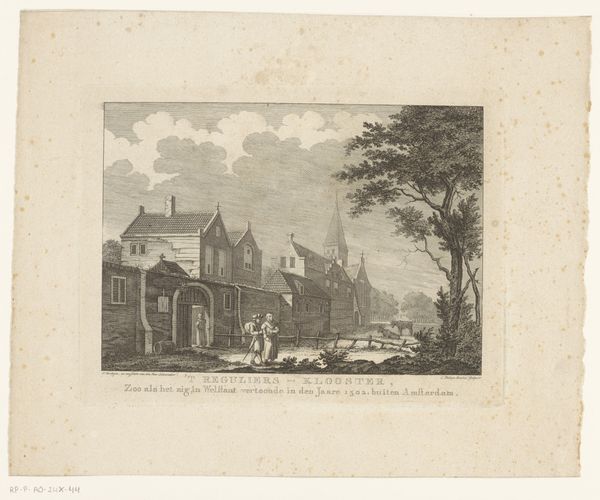
print, engraving
#
neoclacissism
# print
#
landscape
#
perspective
#
cityscape
#
history-painting
#
engraving
Dimensions: height 368 mm, width 482 mm
Copyright: Rijks Museum: Open Domain
Curator: This is François Morel's "View of the Pyramid of Cestius," an engraving dating between 1796 and 1798. What strikes you immediately? Editor: Well, pyramids aren't exactly what I expect to see popping up in Rome. It gives the scene a quiet grandeur... almost melancholic with that pyramid looming large. Curator: Precisely. The presence of the Pyramid of Cestius allowed Neoclassical artists like Morel to reflect on the enduring appeal of ancient civilizations, inviting viewers to consider themes of cultural exchange and imperial power. Notice how Morel juxtaposes the Egyptian-inspired pyramid with Roman ruins and pastoral scenery. Editor: Yeah, the pyramid seems almost... out of place, but in a cool way! I mean, a pyramid as a historical marker? Wild. Makes me think of how we choose what parts of history to keep, and how those choices shape the stories we tell ourselves. I'm curious about those people at the base of the structure. They’re very small. Are they there to emphasize its size, or perhaps to make some other kind of point? Curator: A bit of both, perhaps. Their presence grounds the immense structure in everyday life, contrasting the ephemeral nature of human existence with the seeming permanence of monuments. This viewpoint would also encourage appreciation for Neoclassicism, the dominant artistic style when the engraving was created. In this moment of European history, it offered a visual metaphor for the enduring legacy and relevance of classical ideals. Editor: That's heavy, especially when you consider that "permanence" is just an illusion. That pyramid has stories etched into its stones. If we just knew how to read them. Anyway, the image, rendered in such fine detail using engravings, allows for contemplation. And there's also this sense of discovery – you could get lost wandering through the etching's textures, exploring the pyramid and Rome as if for the first time. I like how it marries precision and romantic imagination. It leaves you thinking about time, memory, and how the past always hangs around in the present, reshaping the landscapes around us, both literally and figuratively. Curator: Very well said, its interplay with antiquity and modernity highlights the capacity for artistic engagement with the themes that transcend eras.
Comments
No comments
Be the first to comment and join the conversation on the ultimate creative platform.
